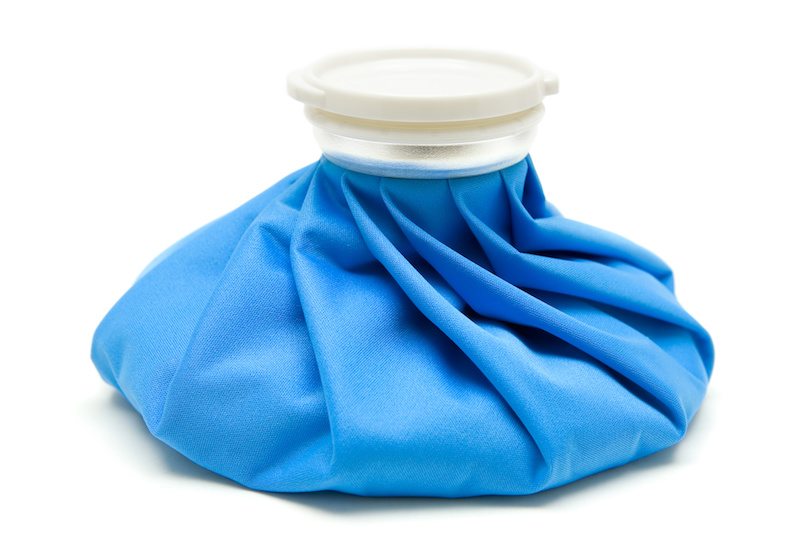While it may be uncomfortable, swelling is the body’s natural reaction to trauma—and a normal part of the healing process. And when you’ve been through a major surgery or injury, it tends to stick around for a while—for as long as three to six months, according to the American Academy of Orthopaedic Surgeons. Here are some strategies for relieving the pressure:
Remember R.I.C.E.
It’s the acronym that will remind you what to do if you do feel or see swelling. It stands for:
Keep a lookout for big changes.
While puffiness is common, any sudden onset of swelling could signal a different type of problem—including an infection or a blood clot. If you’re concerned about a change or notice other symptoms, such as fever, chills or discharge at the wound site, call your doctor immediately.

